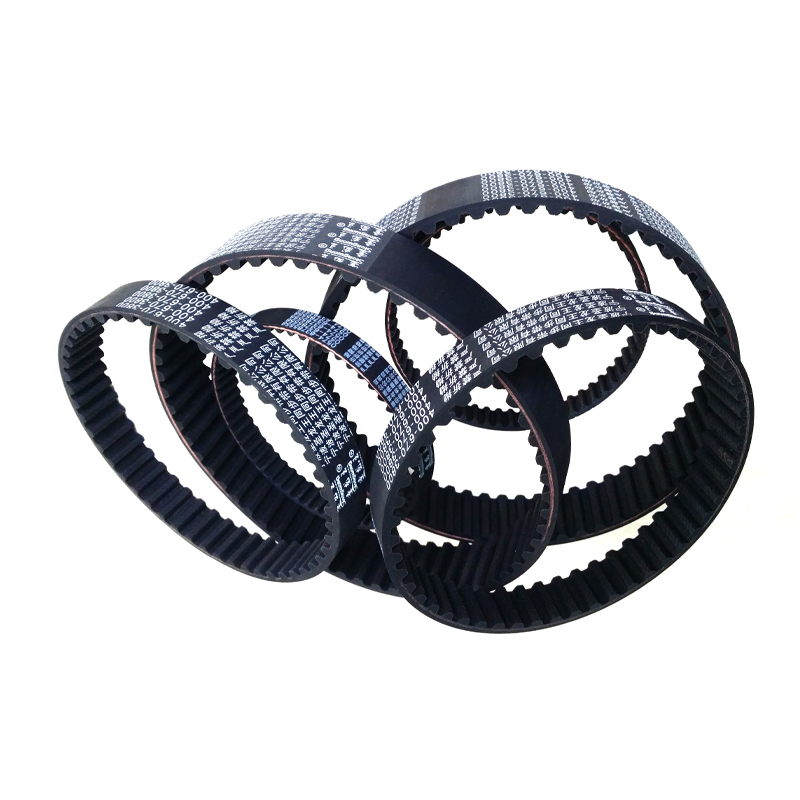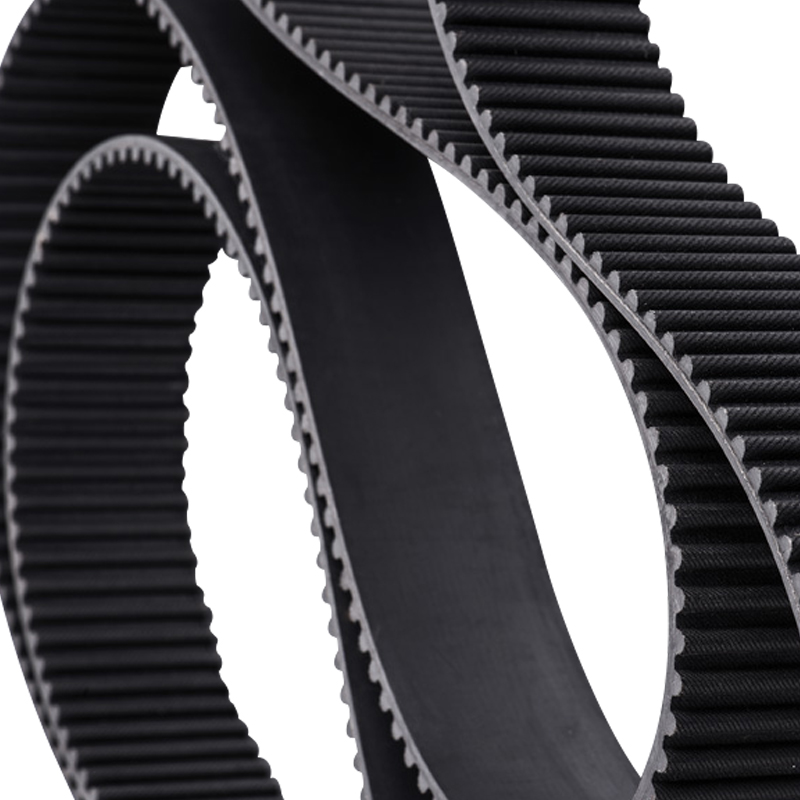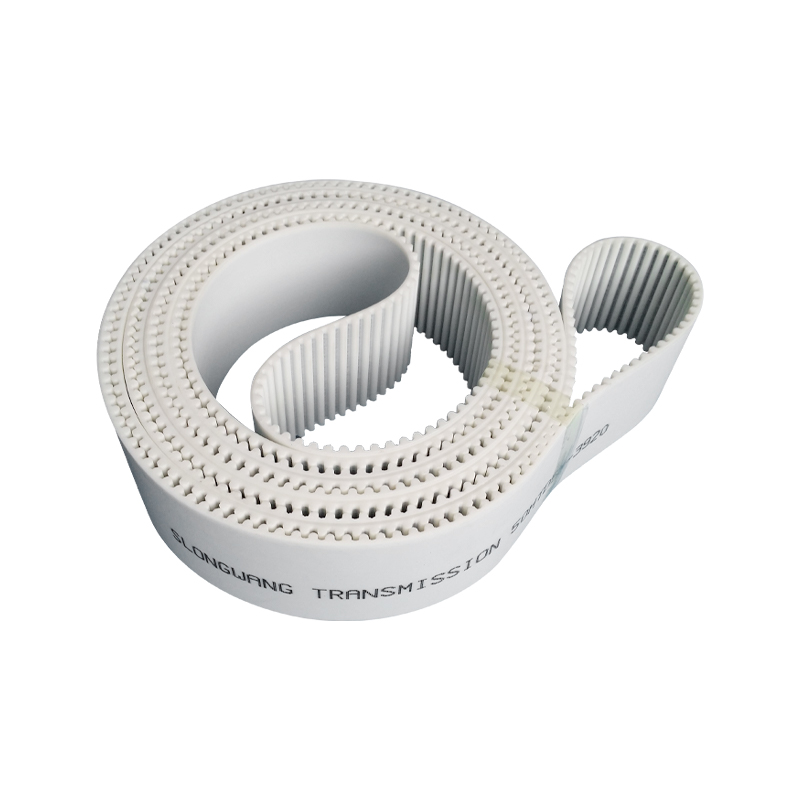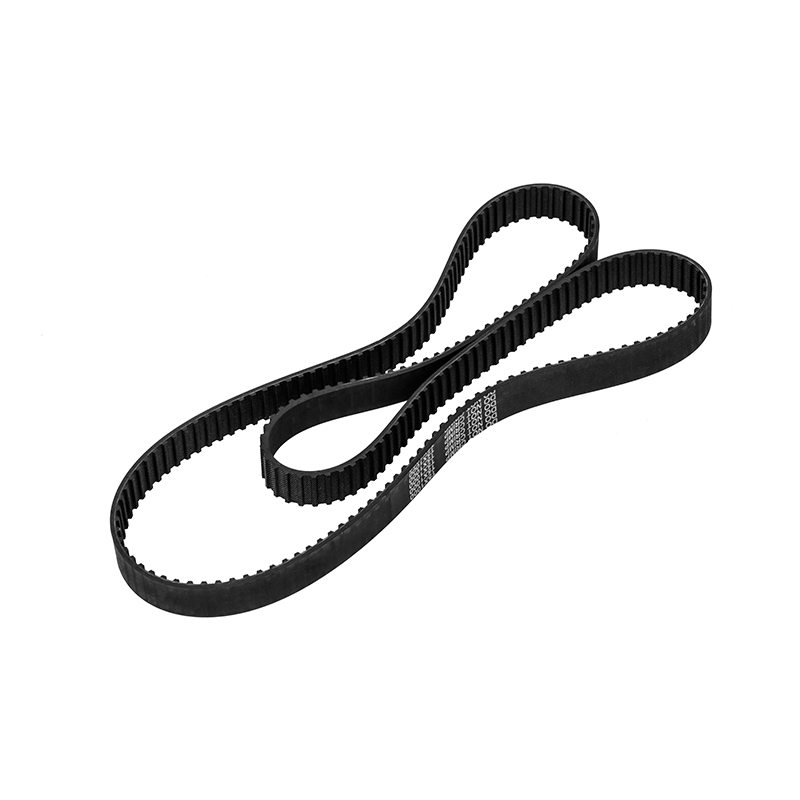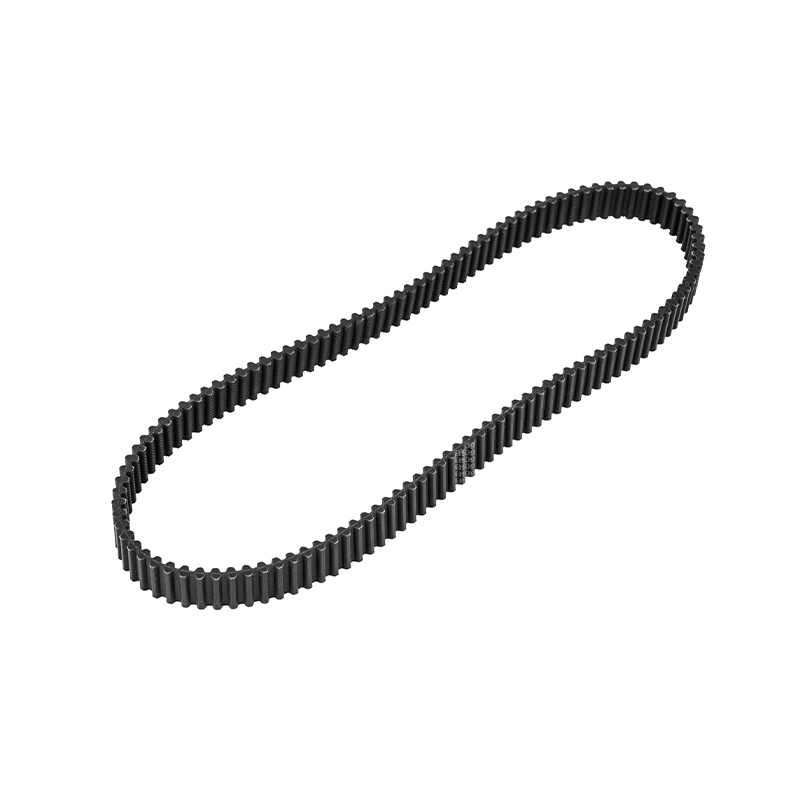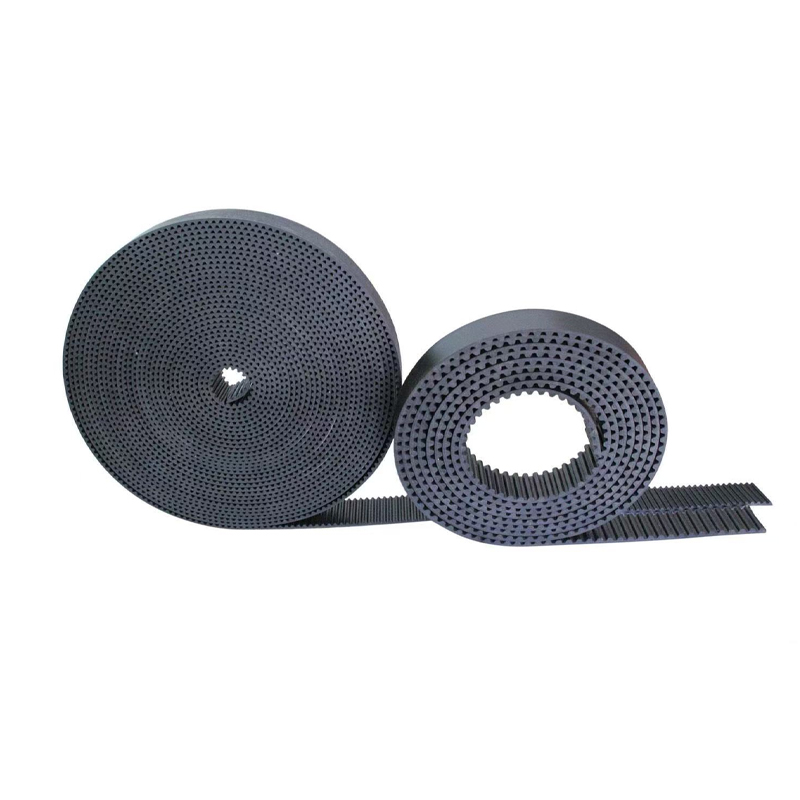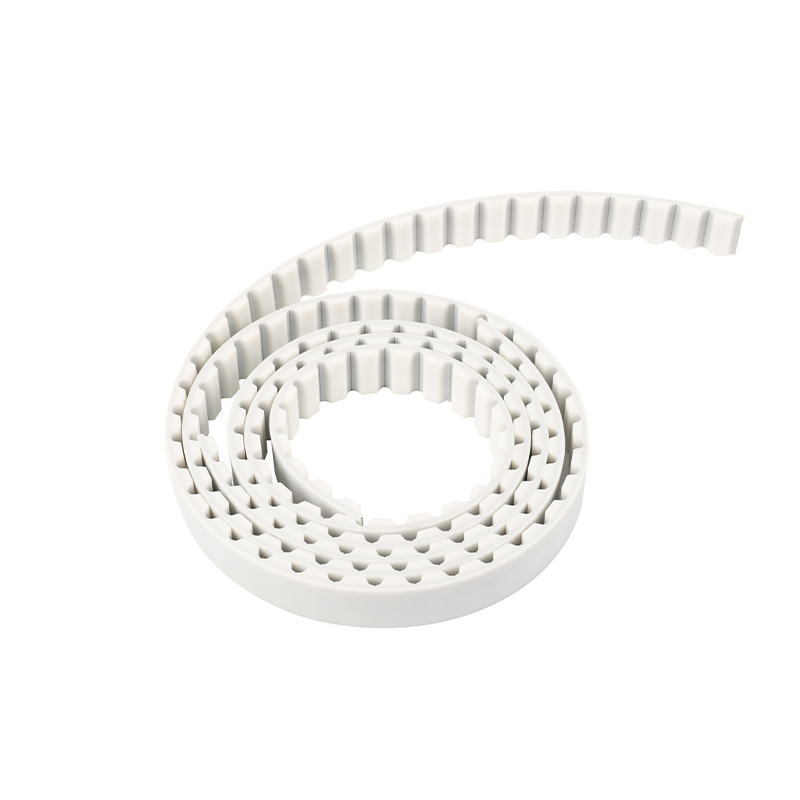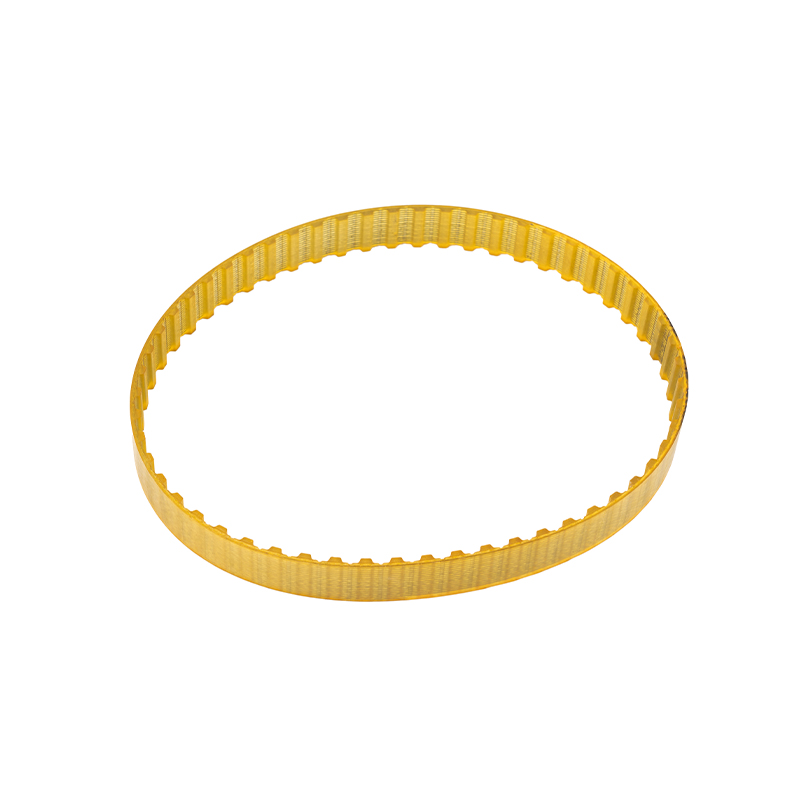What should I do if there are two types of damage to the synchronization belt?
2025-01-25
Synchronous belts usually face two major problems: tooth surface wear and broken teeth. Below, we analyze the causes of these problems and the corresponding solutions.
1. Tooth surface wear
The wear of the tooth surface of the synchronization belt is a common problem in the synchronization belt transmission system. The form of wear may vary by type of gear transmission. For example, when abrasives such as sand or metal chips fall between the meshing tooth surfaces, the abrasive will wear and gradually wear the tooth surface until it fails. This is open
One of the main types of wear in synchronous belt drives. The use of closed synchronous pulleys can effectively prevent abrasive wear on the tooth surface.
2. Break the teeth
Apart from wear, broken teeth are another common problem with synchronous belts that can occur in various forms. Under normal circumstances, the main reason is bending fatigue fracture at the root of the tooth. This is because when the gears are loaded, the bending stress at the roots is relatively high. Sudden changes and processing of cross-sections at the roots of teeth
Factors such as traces can lead to stress concentration. When the tooth roots are repeatedly subjected to loads, fatigue cracks may form and gradually expand, resulting in broken teeth.
In order to solve the problem of easy breakage of synchronization belts, the following measures can be taken:
Increase the transition radius of the root: This helps reduce stress concentration at the root by eliminating machining traces.
Strengthen the rigidity of the shaft and support: This ensures a more uniform load along the gear contact line.
Appropriate heat treatment method: This gives the tooth core material sufficient toughness.
Use processes such as shot peening and rolling: These techniques can strengthen the surface layer at the roots.
By implementing these strategies, the durability and reliability of the synchronization belt can be significantly improved.


 English
English 中文简体
中文简体